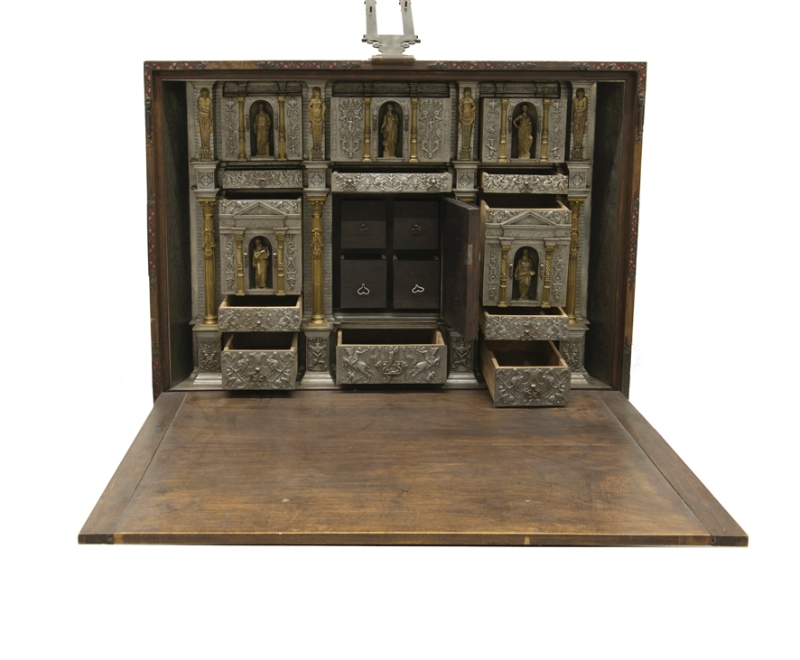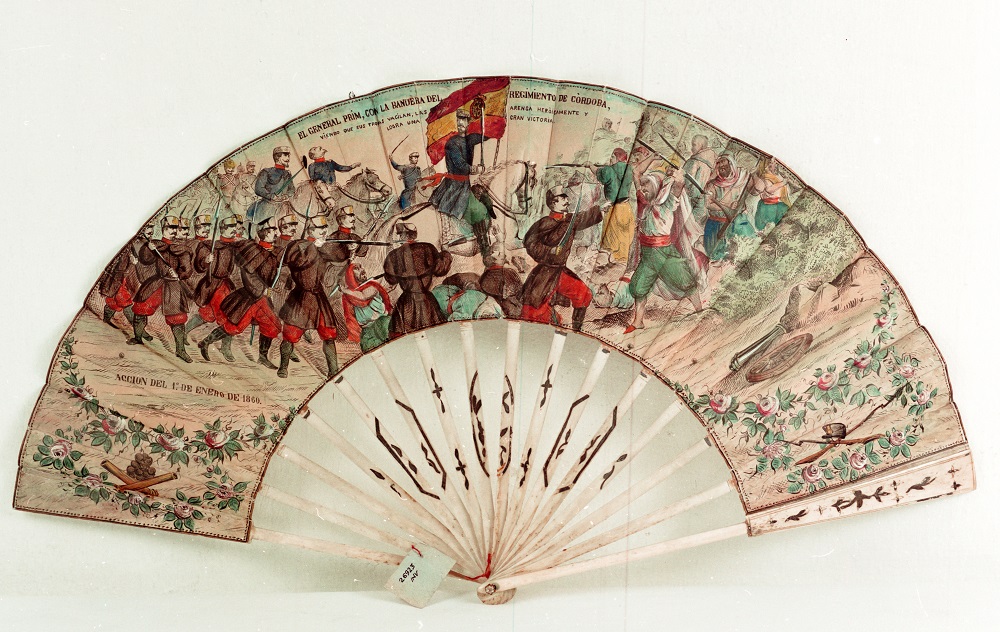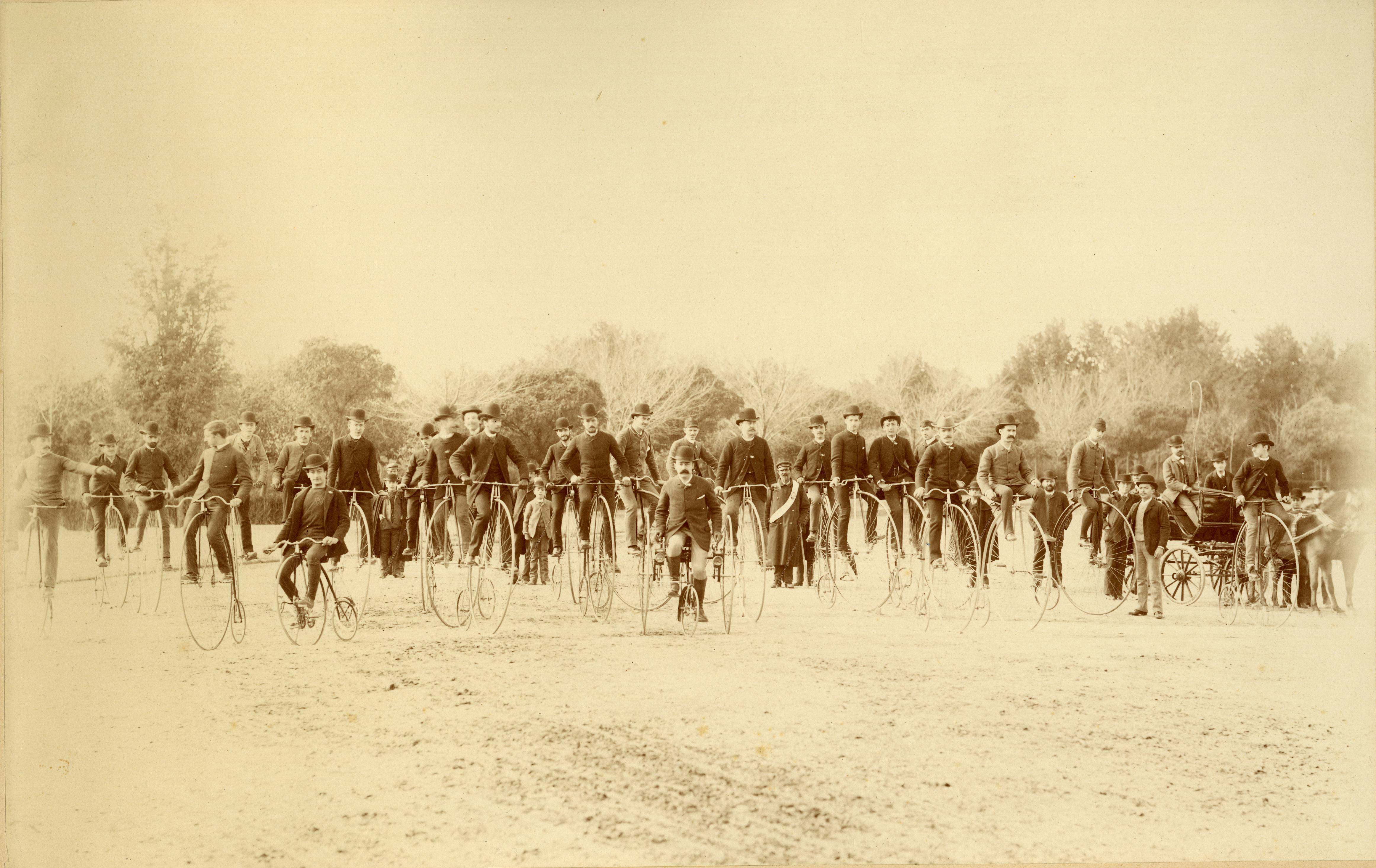

The Army Museum has many fine art works in its collections: paintings, watercolours, sculptures, and decorative artwork objects such as pottery, clocks, furniture, etc. These works are all historical records that tell us about the times they belonged to and the people who used them: they are part of our history.



The museum exhibits works by important painters like Francisco de Goya and Mariano Fortuny, among many others.
The collection consists of paintings showing battle themes, portraits of kings and queens, outstanding soldiers or scenes from everyday life, such as the work called La carta (The Letter) by the artist Mariano Benlliure. Its author painted a scene in which a group of soldiers at rest, in uniform and with their weapons, read a letter while they finish eating.
There are also some fans in the museum's fine arts collection.
Fans were often decorated by painting their cloth and ribs, and the ones in the museum are decorated with war scenes or dedicated to famous soldiers like Juan Prim y Prats. In the 19th century, the fan became a romantic object, as part of women's clothing which they always had at social gatherings, and which had its own language, secret to those who did not know it. According to how its bearer moved it, it could communicate different messages.

Photograph of velocipedes, 19th century.
How are a camera and a bicycle alike? Not at all, you might think. However, in this photograph from the Army Museum we see a group of distinguished people in suits and bowler hats, riding their velocipedes, which is what some of the first types of bicycle were called. The photograph, which was taken in the second half of the 19th century, allows us to see how these two inventions, photography and the bicycle, served to see the world differently, at ever increasing speed.
This photograph was taken by Fernando Debas, a French photographer known for his images of the Royal Family, and is an example of the museum’s important collection of historical photography.
